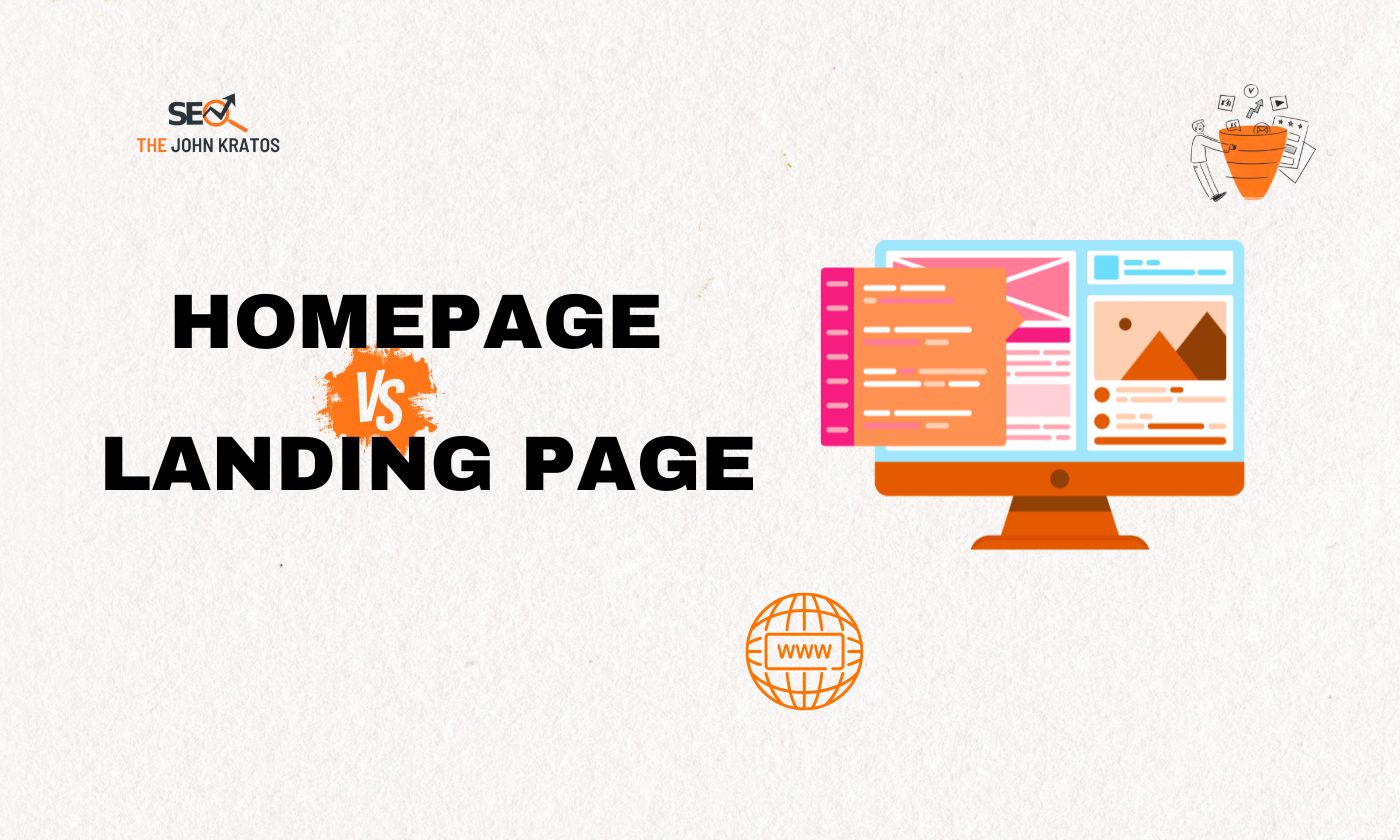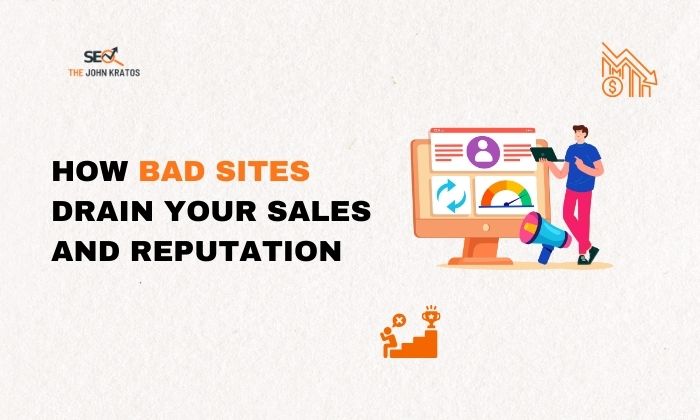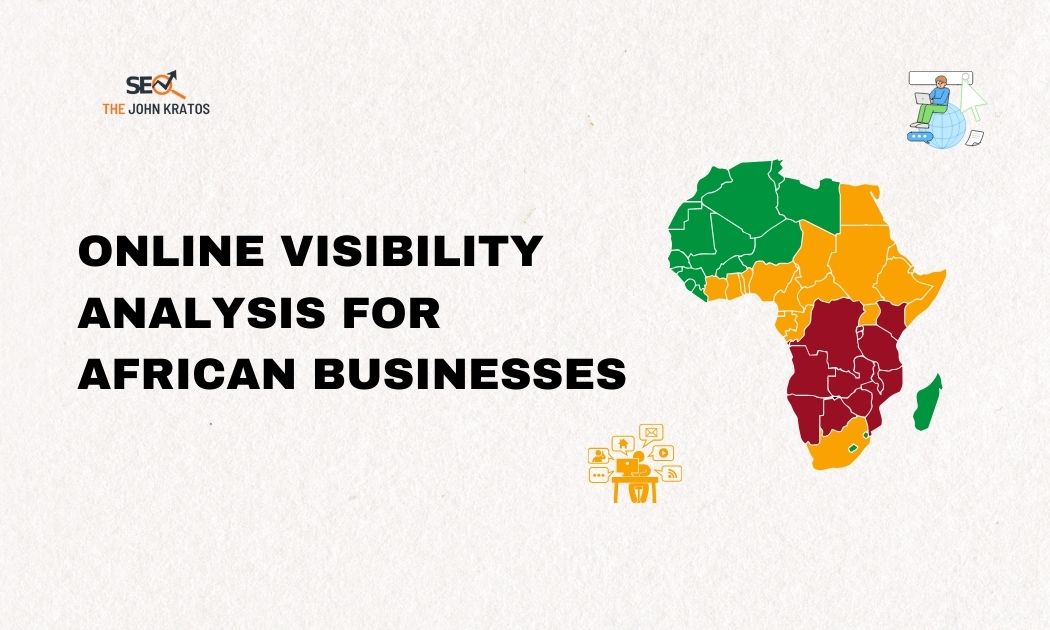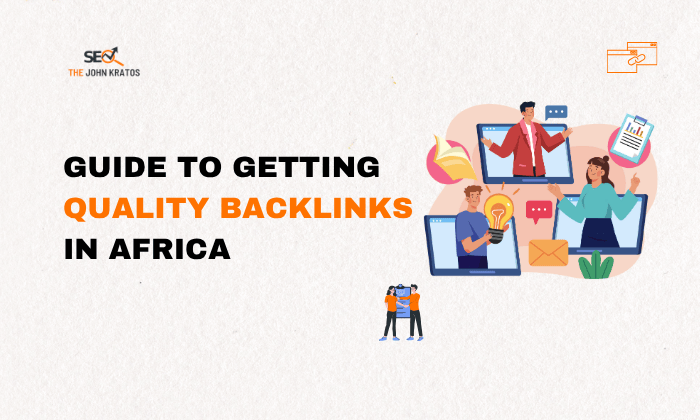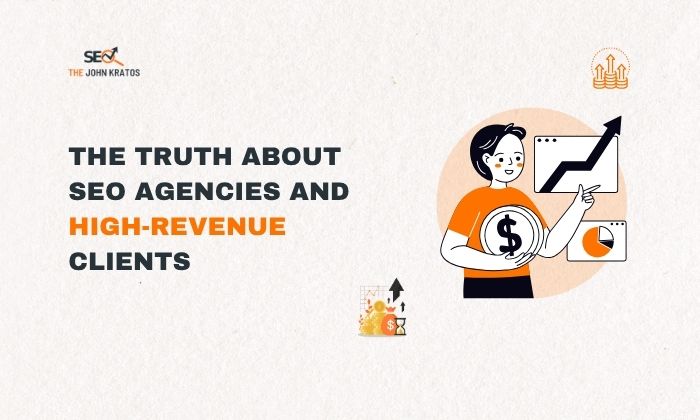You’ve put real money into your website.
You’ve opened the digital shop.
You might even see your name on Google or have a few ads running.
And yet visitors come, glance around, and vanish.
No questions, no email sign-ups, no purchases, no business growth.
Many owners assume the problem is low traffic, but the cause is more damaging:
👉 A trust gap.
The Invisible Leak That’s Costing You Thousands
Whether you’re a coach, consultant, creative, ecommerce brand or service-based entrepreneur, trust is the foundation of every sale online.
No trust = no conversions.
No conversions = wasted traffic.
Wasted traffic = lost revenue every single day.
This is especially critical for African brands looking to compete globally. Buyers are skeptical. Standards are high. First impressions make or break you.
If your website doesn’t feel trustworthy in the first few seconds, the visitor mentally checks out no matter how great your service is. And that’s where website trust factors come in.
Key Takeaways
- Your website doesn’t just need visitors, it needs trust.
- People leave not because of bad offers, but weak website trust factors.
- Clear messaging, proof of results, and mobile experience shape trust instantly.
- Every small detail, from your headline to your images, either builds or breaks confidence.
- Fix the silent credibility leaks, and you’ll see up to 30% more conversions.
What Are Website Trust Factors?
Website trust factors are the visual, structural, and emotional elements that signal credibility and safety to a first-time visitor.
They answer one silent question your visitor is always asking:
“Can I trust this business with my money?”
These trust signals are subtle, but powerful. And most business websites fail at them without realizing it.
7 Silent Website Trust Factors That Are Killing Your Conversions
Let’s break down the most common trust-breaking mistakes and how to fix each one strategically.
1. Unclear Messaging
If someone lands on your homepage and can’t immediately understand:
- What you offer
- Who you help
- What to do next
They bounce. Confused users don’t convert, they leave.
Why this kills trust:
Lack of clarity signals disorganization. And if your message is unclear, people assume your service will be too.
Fix it with trust-focused clarity:
Use one strong headline that clearly communicates your offer. Be specific. Be human. Avoid jargon.
Example: “We Build Custom Websites + SEO Strategies That Help African Brands Win U.S. Clients”
2. Poor Mobile Experience
More than half of your visitors are on a phone.
If your site feels slow, broken, or awkward on mobile, it creates instant friction.
Why this breaks trust:
People associate poor user experience with amateur brands. If your site can’t function properly, they assume your service won’t either.
Fix it:
- Load your homepage on 3 different phones.
- Check speed, readability, and CTA visibility.
- Use Google’s Mobile-Friendly Test.
- Keep buttons large, fonts legible, and clutter minimal.
3. Generic or Stock Imagery
Stock photos might look professional but they rarely feel real.
Why this lowers credibility:
Your audience wants to connect with you. When everything feels staged or generic, there’s no emotional link. No familiarity. No confidence.
Fix it:
- Use real images of your team, workspace, or product in action
- Even selfies or casual shots build more trust than sterile stock photography
- Show behind-the-scenes processes, packaging, Zoom calls whatever is real
Authentic visuals are among the most powerful trust-building elements.
4. No Social Proof or Results
It’s one thing to say you deliver results, it’s another to show them.
Why this kills trust:
Today’s buyers are skeptical. They’ve been burned before. They want evidence, not promises.
Fix it:
- Add real testimonials with names, photos, or brand logos
- Share screenshots of wins (analytics, before/afters, feedback)
- Even one solid case study can go a long way
- If you’ve worked in a 9–5 or under someone else’s brand, use that experience with permission
Conversion happens when visitors feel like others have succeeded before them.
5. Weak or Missing Call to Action
You might have a beautiful site, but if there’s no next step, no button, no form, no offer visitors won’t act.
Why this fails:
People don’t read websites like books. They scan. If there’s no visible action to take, they’ll assume you’re not ready for business.
Fix it with confident direction:
- Use bold, benefit-driven CTAs
- Repeat your main CTA throughout the page
- Use first-person or outcome-focused language
Examples:
“Book a Free Discovery Call”
“Get a Website That Converts”
“See Our Work in Action”
6. No Brand Consistency
Inconsistent fonts, colors, messaging, or tone confuse visitors and create a lack of trust.
Why this matters:
Brand inconsistency suggests a lack of attention to detail. People assume if you can’t organize your brand, you might mishandle their business too.
Fix it:
- Use a consistent brand voice across pages
- Align your visuals (fonts, icons, colors)
- Make sure your homepage, about page, and service pages feel connected
Consistency breeds confidence and that confidence increases conversions.
7. No Human Connection
You’re not a faceless entity. You’re a person, or team, running a business. But if your website doesn’t show that, it feels cold and transactional.
Why this breaks trust:
People trust people. Not websites. Not tech. Not logos.
Fix it:
- Add a photo of you or your team on the homepage or About page
- Write in a voice that sounds like a real human, not corporate fluff
- Mention your values, your mission, or the story behind your work
Human connection is one of the most underrated trust signals in online business.
Why Website Trust Factors Matter Even More for African Brands
If you’re building a brand rooted in African excellence, creativity, or innovation and targeting a global market’ then your online presence needs to reflect your true value.
Unfortunately, global buyers often come with biases.
They need more convincing.
They need more trust.
And your website is where that trust is built or broken instantly.
That’s why my focus at TheJohnKratos isn’t just building beautiful websites.
It’s about building digital trust engines that convert casual visitors into committed buyers.
The Revenue You’re Leaving on the Table
Let’s break this down.
If just 5 serious leads land on your site each week…
And your offer is worth $1,000 per client…
That’s $5,000/week at stake.
$20,000/month.
$240,000/year.
And you’re losing it, not because of your product, but because of broken website trust factors.
That’s the quiet cost of a website that doesn’t convert.
What To Do Next
You don’t need to rebuild your entire site.
You need to fix the specific trust gaps that are making people bounce. Start small. Start smart.
Your 3-Step Trust Audit:
✅ Open your homepage. Look at it for 5 seconds. Ask:
Would I trust this business if I didn’t know them?
✅ Load it on your phone. Ask:
Does this feel smooth, fast, and professional?
✅ Ask two people outside your business:
“Would you buy from this site based on what you see?”
If the answer is “maybe” or “I’m not sure” you’ve got work to do.
Ready to Build a Website That Converts?
If you’re serious about boosting online revenue, fixing your website trust factors is one of the highest ROI actions you can take.
Need help identifying and fixing them?
Let’s talk.
Book a free Website Trust Audit Call with me at TheJohnKratos.
We’ll uncover what’s working, what’s broken, and how to turn your site into a 24/7 sales asset not another “beautiful website”


